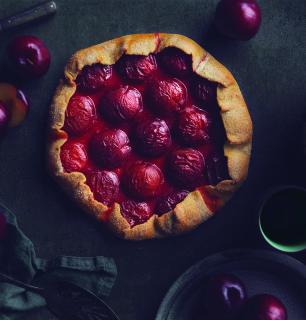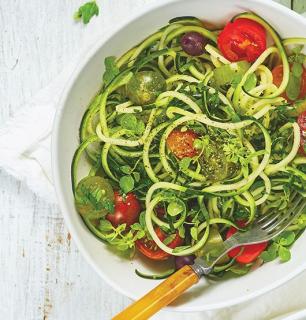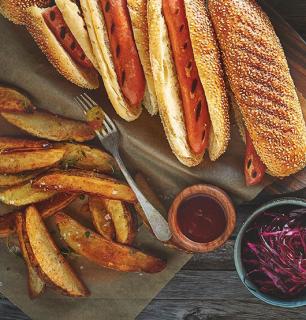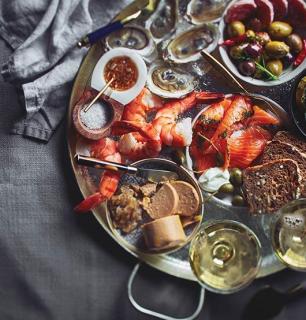When we’re out of bread, we eat pancakes?
There were 12 kids in the Colpron family. Not rich or poor. They had a roof over their heads, clothes to wear and didn’t suffer from hunger! “My grandfather was aware of the principle of crop rotation. He grew buckwheat to let the soil rest between corn harvests. The very ripe grains were harvested to make flour and the plants were returned to the fields to nourish the soil. So when we ate pancakes, they were made with the flour from his harvest,” says Josée. Liliane agrees, then continues: “We’ve always described the buckwheat pancake as the poor man’s crepe, but it’s not a crepe; it really is a pancake.”
At the Colprons’ house, it was on the menu three nights a week. But contrary to that of Donalda, it was embellished with glorious extras. Two pigs were raised on the farm every year. In the fall, the flank was placed in brine for the winter. During the year, the lard was desalted little by little in boiling milk. Piece by piece. And the longer it soaked in the brine, the saltier it became, and the longer it needed to soak in the milk. “My grandmother would cut gorgeous thick slices,” reminisces Josée, “and grilled them until they became nice and crispy. The salt pork was served with the pancakes (not too thick) and maple syrup. When she wanted to make us happy, my mother would pour the pork fat in a little bowl for dipping!” And Mrs. Colpron would smile, without saying a word. The buckwheat pancake is our land, our home, our heritage. And yes, there are always people who will say it’s boring! They just doesn’t know her mother’s little tricks... “I mix my dough the night before,” she says, “and leave it on the counter. A slight fermentation occurs and it’s better. If I prepare it that morning, I add a dash of baking soda.” But there’s more. There are two essential factors for achieving winning pancakes: the heat of the pan and the quantity of salt that you add. Salt brings out the flavour; with too little, it’s true that it can be a bit bland. The pan should preferably be cast iron and very hot so the pancake forms little bubbles, a sign that it was well fermented. And Josée explains that her grandmother cooked them directly on the wood-burning stove, making sure to wipe the pan with an oiled cloth before making the next pancake. No lard? No problem. A nice chunk of butter and a drizzle of maple syrup, and the pancake served hot is all you need.
Our recipes
See all recipes




